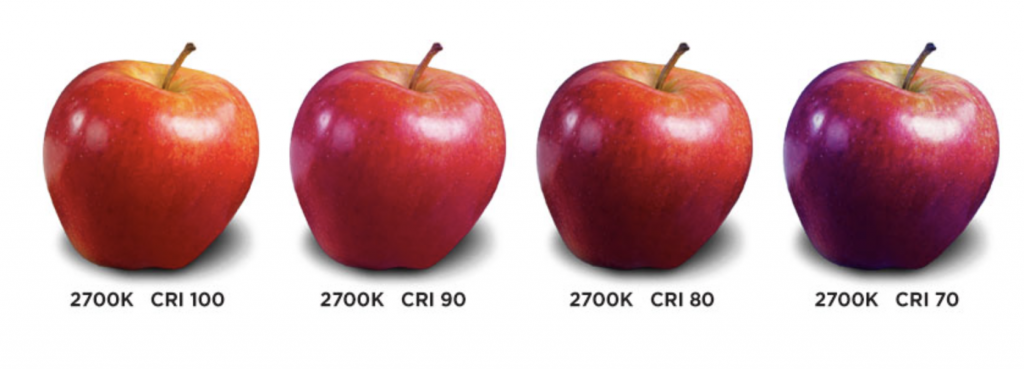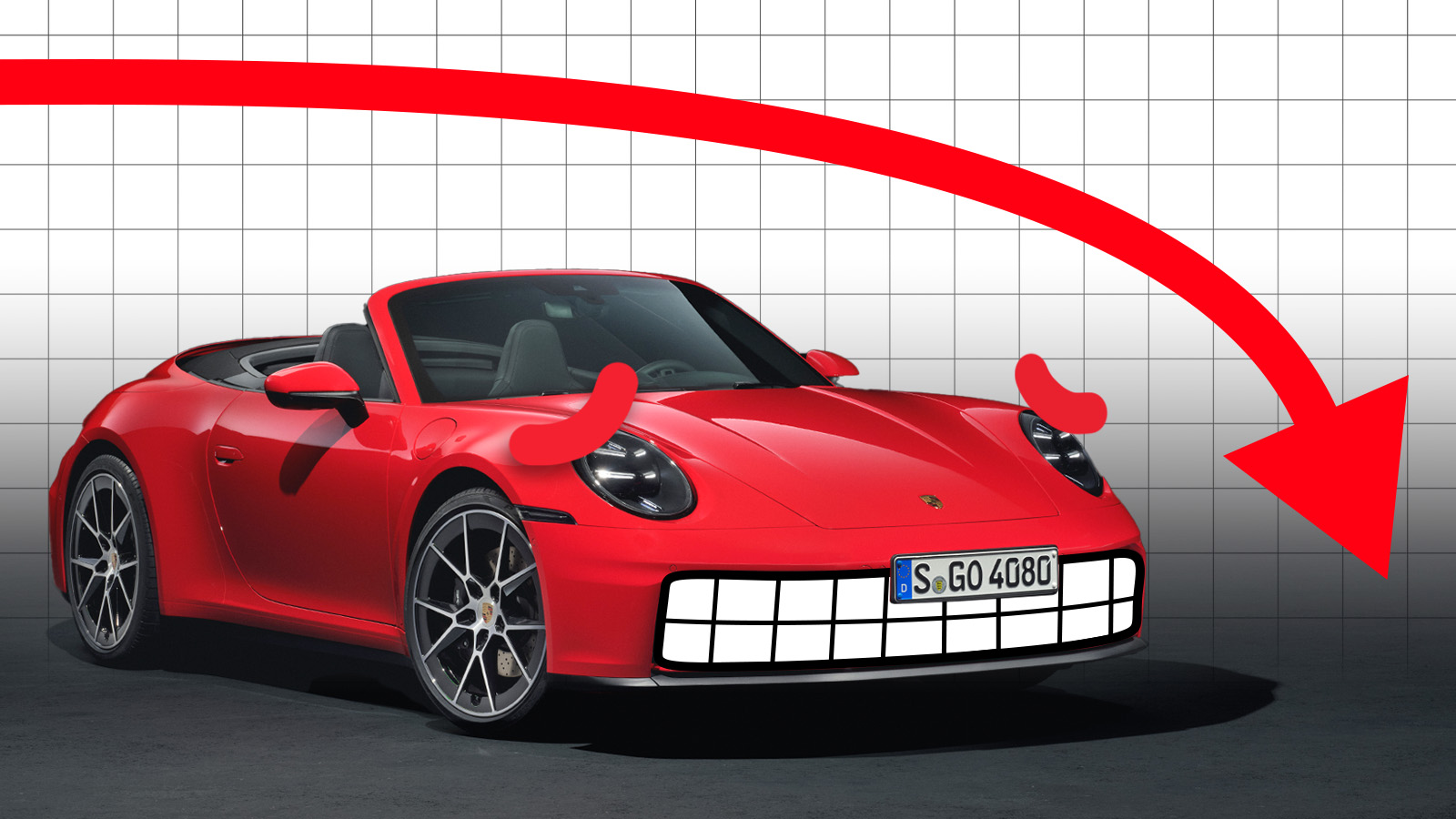There are numerous advantages to having LED lights in cars. They’re more typically more robust than incandescent lights, are way smaller and easier to package, and use substantially less energy. The downside? Most LED lights aren’t great at mimicking the light we expect from incandescent bulbs, let alone the sun, which is why everything tends to look a little different (if not off) in a modern car when you turn on the interior lightning. Volvo has a solution: LEDs designed to make the inside of the car look if it was lit by the actual sun, and they’re coming to the new Volvo EX90 electric SUV. I’m not sure it’s as dramatic an improvement as, say, the seatbelt, but I’m tired of looking like ass.
Here’s the important bit from Volvo, explaining why they’re doing this:
You’ve slept through your alarm. The birds aren’t yet chirping, the neighbourhood is still, and the pitch-black morning hardly beckons you to start the day. But as you step inside your car, a hint of sunshine greets you, turning an everyday commute into a ritual that lights up your day.
In the new Volvo EX90, we’re further redefining the premium car experience, lighting the car’s interior with near-sunlight delivered through a full suite of 72 SunLike LEDs.
The benefits appear to be both practical (your eyes are designed to look at things in the sun and your body reacts to sunlight) and aesthetic (the interior/people tend to look more natural in the sunlight). Automakers add a lot of things to their cars that turn out to be fads (in-car hard drives for music) or mostly useless (yoke steering). As someone who is, uh, almost transparently white, I tend to look extremely washed out under a lot of LED lights, I’m curious to see if this gives me a better look.
[Editor’s Note: You’ll have to excuse Matt. He’s always so worried about how he looks; a bit vain, sure, but the man does look damn good for 40, so I think he’s onto something. I, meanwhile, am regularly told I look at least five years older than I am. Still, just because I’ve given up, doesn’t mean the rest of you should, and that delicious “SunLike” lighting could help you stand out in those Instagram pictures of you in your new Volvo.
Anyway, this is obviously largely about helping the interior of the Volvo feel more pleasing to one’s eyes, not about looking good, though I guess it could help. Regardless, this seems like a good time to talk about the concepts of “color temperature” and “CRI.” I’ll let Westinghouse Electric Corporation explain:
What is color temperature?
- Color temperature is a way to describe the light appearance provided by a light bulb. It is measured in degrees of Kelvin (K) on a scale from 1,000 to 10,000.
- Typically, Kelvin temperatures for commercial and residential lighting applications fall somewhere on a scale from 2000K to 6500K.
- A light bulb’s color temperature lets us know what the look and feel of the light produced will be.
- The color temperature of a light bulb is assigned using the basis of correlated color temperature (CCT).
- For example, if you heat up a metal object, the object appears to glow. Depending on the Kelvin temperature that the metal object is being heated at, the glow will be various colors, such as orange, yellow or blue. The color temperature of light bulbs is meant to replicate the Kelvin temperature of the metal object.

You can see that the sun’s color temperature is roughly 5,000 (or higher). As for CRI, well, that describes how a certain LED makes an object’s color look. Again, from Westinghouse:
The color rendering index (CRI) is measured as a number between 0 and 100. At zero (0), all colors look the same. A CRI of 100 shows the true colors of the object. Incandescent and halogen light sources have a CRI of 100.
Typically, light sources with a CRI of 80 to 90 are regarded as good and those with a CRI of 90+ are excellent! The general rule is: The higher the CRI, the better the color rendering capacity.
CRI is independent of color temperature. These are two different things. For example, a 5000K (daylight color temperature) fluorescent light source could have a CRI of 75, but another 5000K fluorescent light source can have a CRI of 90.
This chart is a good depiction of differing CRIs, with each image having the same warm color temperature (2700K):
Here’s an image from that article showing various color indexes at a given color temperature:

Volvo references “color index” in its press release, which states that this is new tech in automotive applications. From Volvo:
The new, non-flickering lighting addition enables a more natural color expression beyond what’s achievable with LEDs used today in the automotive industry – delivering low light reflection and a high color index that expresses natural colors just as they are seen in nature.
“By utilising the spectrum of light emitted from the SunLike LEDs, the progressive materials and interior design of the Volvo EX90 stand out more clearly and without colour distortion,” says Dan Fidgett, Head of Colour & Materials. “Complementing our wood deco and other natural materials inside the cabin, the lights are central to our Scandanavian design language”.
While SunLike lights are already used to bring natural light to interior spaces in residential spaces, hospitals, schools, museums and horticultural applications, the Volvo Car Group is the first to introduce the LEDs to production vehicles with the Polestar 3 and the Volvo EX90.
So it looks like Volvo is using high-CRI LEDs. Anyway, sorry if that was too nerdy. -DT]

Seoul Semiconductor, the company behind these lights, has even more dramatic things to say on its website about the benefits:

Your eyes evolved to do this. We’ve had sunlight for 4.5 billion years. You think you’re better than the sun? You’re not Lorde.

The website even implies that these SunLike LEDs reduce fatigue and reduce disruptions in the balance of human biorhythms. Just look above at all the benefits Seoul Semiconductors mentions.

According to Volvo, all the non-decorative lights will be SunLike LEDs standard. Curiously, this includes the trunk area, so if you get kidnapped just know that your skin will have a sunlike glow you can enjoy while being ferried to your doom.

Photos: Volvo








I swapped out all my replaceable interior bulbs with the brightest red LEDs (and a single white LED for the passenger side map light and glove box) that I could find. I could not possibly care less about how I look from the outside or to my single passenger while I’m driving (which is not with interior lights on).
I don’t understand the point; or rather, the value added. How often will these interior lights actually be on in order to radiate you with their hyperbole?
For me, it’s probably only when driving at night and the wife/kids needs to find something from a bag, or that they dropped on the floor. So… a couple of times a year?
So if there is zero cost increase. Fine. Cool. It’s marketing hyperbole, but whatever.
If it increases cost? F-that.
High CRI and low color temperature LED lights are popular among flashlight nerds. It was always inevitable that high CRI LEDs will make their way onto cars as LED makers have changed focus to light quality after losing momentum on efficiency gains. They are not really substantially more expensive than low CRI emitters. Tons of cheap high CRI emitters and flashlights are discussed on BudgetLightForum. The tradeoff is a bit less efficiency (lumens per watt) for both high CRI and low color temperature.
Initially, the buzz about LEDs was how bright and efficient they were, so that was what sold. The cold, higher temperature, low CRI LEDs were brighter, so they were pushed first.
Other than a little less efficiency than low-CRI LEDs that look like ass, there’s no downside to high CRI. CRI is measured for different colors, and LEDs tend to be worst at rendering red correctly. R9, essentially the red portion of CRI, is often the worst in LEDs (sometimes even negative R9 CRI), so that is sometimes given a separate callout. For example, a really good emitter might be given at rating of 9080, for 90+ CRI overall with red R9 CRI at a minimum of 80 (considered good for red). Red apples, cooking steak, etc. tend to be good subjects to show how good the a high CRI light is.
Color temperature is more of a preference thing, but warmer colors have been shown to be better for visual acuity. I often run or ski at night in the woods and prefer high CRI and warm (2700K) to neutral (4000K is pretty white, though considered warm side of neutral) for making out the color of trees, etc. better. Most manufacturers still want to sell how “clean” and white (cold) their headlights are, and I hope that trend reverses. I’ve seen admittedly subjective testimonials that halogen driving lights of about 3300K are more comfortable for the eyes than whiter LEDs for example. There are high CRI and warm LEDs that can do that, but I don’t see them selling yet. But I think it will probably be a selling point or option at some point in the future.
It’s important to note that incandescent light is 100 CRI. That’s why I’m not in a hurry to replace the interior lights of my cars with LEDs.
Personally, I prefer my 3000K lights. Its the perfect color temp for me; anything higher starts to look blue to me (even with a good CRI). They’re a little harder to find, as companies tend to just shift to 2700K to emulate incandescent, but that’s too yellow.
I noticed one local company selling driving lights with lots of explaination why brighter and whiter arent best.It’s good to see some sense out there
Will we have to wear those funky tanning bed sunglasses when we drive the Volvo?
Volvo answering our inevitable future as a vehicle’s DLO approaches zero. Gotta get sunlight (or a simulacrum) one way or another. And at a price…
This will add 2,300$ to the already astronomical price of cars. I like it, great idea.
Well yea, you pay $2300 more, but you are also Getting 2300 CRIs. or whatever.
Since the beginning of time, man has yearned to destroy the sun. This feels antithetical to that goal. If we’re going to add sunlight to car interiors, can we at least do the next best thing to destroying the sun and block it out?
Huh?
I just wanted to quote C Montgomery Burns, but the first sentence didn’t feel like enough on its own. Also, I work to ensure as little sun as possible gets into my vehicle via tinting and not having a sunroof. I don’t want to pay extra for fake sun.
Mostly just trying to make the dumb Simpsons reference, though.